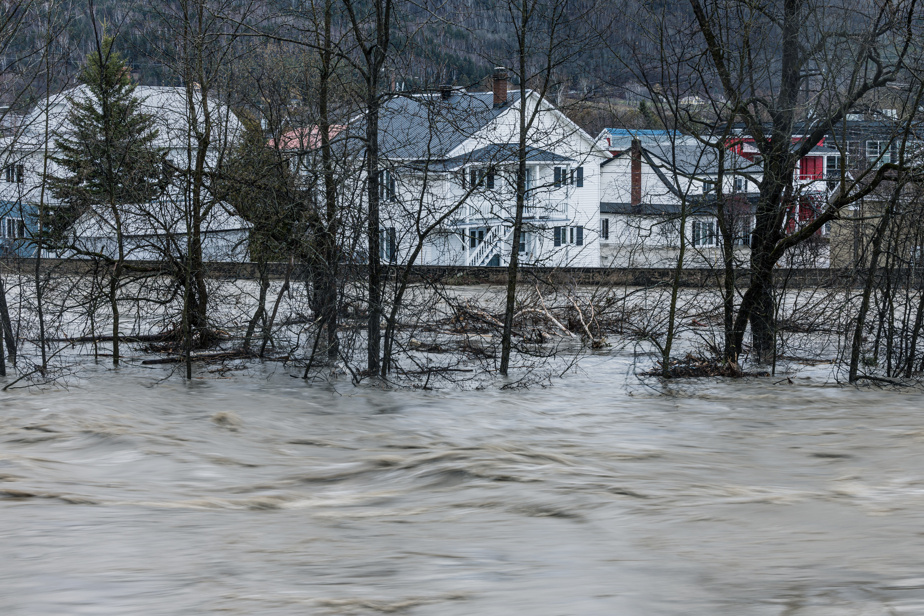The particularity, in spring, is that the snow melts at the same time as we reach a peak in precipitation. In summer, there are more big convective storms, but they are more and more intense. Global warming is causing the atmosphere to contain more water. More and more, the precipitation we receive here resembles tropical rains in the southern regions. So in general, yes, we can expect heavier precipitation over time.
If we look at the whole, in Quebec, we are indeed breaking more and more temperature and precipitation records. That said, there is also a random side to all of this: it’s not always the same regions affected at the same levels, with the same degree of preparation. The certainty is that it illustrates the importance of changing our behavior, and especially to stop consuming oil. It is important to take care of the environment. It should hold us all accountable.
There are possible adaptations at all levels: in government, in cities, in infrastructure management. The Quebec Intersectorial Flood Network (RIISQ), of which I am a member, is very interested in the occurrence of floods. We are working on developing a satellite with NASA, which would be used to improve our climate forecasts by taking very high resolution measurements at the regional level. It should fly in 2029 for about five years. If we can improve the forecast even by a day, it would allow people to prepare more. Twenty-four hours is a lot of preparation.
This is among other things the movement of systems. They don’t move much, so it gives a rush that may not be very strong, but will last a long time, which implies additional challenges of resilience. Sometimes, that said, in Quebec, we will have a good current that comes from the east coast, and that will give us high water concentrations. We saw, for example, with the freezing rain storm recently, water coming to us from the Atlantic with very cold currents that immediately lowered the temperature near the surface.
This is the average rate at which precipitation increased annually over southern Quebec between 1960 and 2013. According to the Ministry of the Environment, more than 130 mm of rain and snow were thus “added during the period to the total of annual precipitation, now estimated at 1000 mm on average” in Quebec.

